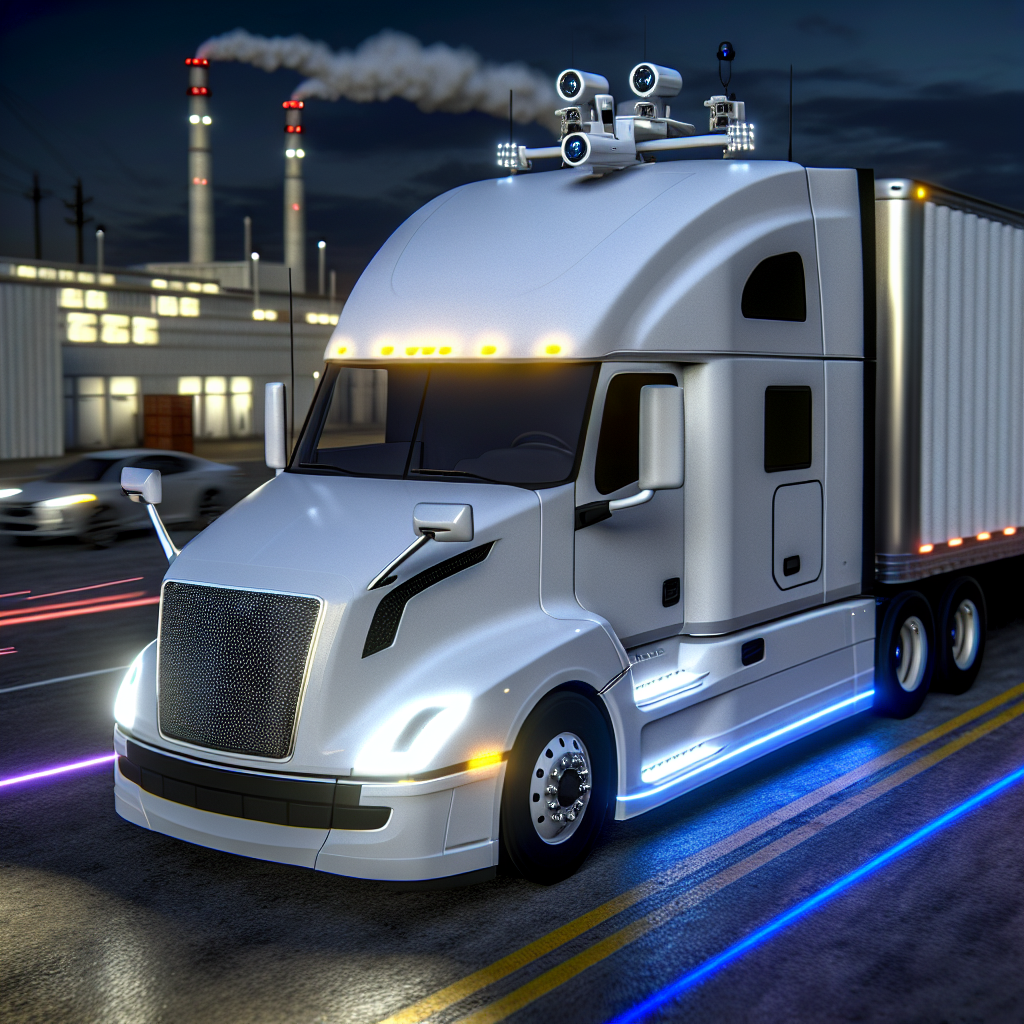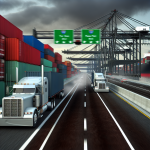PlusAI’s deepening alignment with International (the Navistar brand within Traton Group) and Nvidia is less about a flashy demo and more about shaping a production playbook: factory-built trucks engineered around a standardized AI compute platform and a virtual driver that can scale. The FreightWaves report underscores that shift from retrofits to OEM-line integration — a change that matters for fleets because it promises dealer-backed serviceability, parts pipelines and warranty processes that look familiar even as the driver becomes software.
There was a clear echo of that message across industry stages this week. In Berlin, PlusAI co-founder and COO Shawn Kerrigan told the NextTruck 2025 audience that commercialization hinges on OEM-led programs, not bolt‑ons — a point reinforced by a fireside chat alongside Scania’s deployment lead. For buyers, the takeaway is pragmatic: when autonomy is baked into the truck from day one, the upfit variability and downtime that complicate large-scale rollouts start to fade.
Regulators and infrastructure managers were part of the cadence too. On November 4 in Tempe, PlusAI’s Amisha Vadalia joined a workshop at SAE’s Automated Transportation Symposium focused on knitting automated vehicles into live traffic operations — the unglamorous but essential work of making autonomy legible to work zones, incident response and traffic management centers. That interface will determine how smoothly driverless tractors move through construction, lane closures and special events — all scenarios that can turn an on‑time linehaul into missed dock appointments if not handled cleanly.
The workforce thread showed up as well. On November 5, PlusAI leaders participated in a Grace Hopper panel on women driving innovation in autonomous tech — a reminder that the hiring market for AV program management, field ops and safety engineering is getting tighter just as OEM programs enter pre‑production. For fleets, the near‑term implication is broader: tech talent is becoming a real factor in route expansions, terminal readiness and 24/7 remote operations, not just a Silicon Valley concern.
Why it matters for trucking now: the move to factory-built autonomy with a common compute backbone aims to give fleets predictable lifecycles, cleaner maintenance playbooks and fewer integration one‑offs across brands. The week’s event drumbeat suggests the industry isn’t just refining perception models — it’s aligning service networks, traffic management interfaces and talent pipelines around production. That’s the difference between a pilot lane and a replicable network.
What to watch next: proof that these programs can sustain uptime at scale — with OEM parts logistics, dealer training and remote ops all humming — and how quickly route expansions follow once early Texas corridors hit reliability targets. If those pieces come together, the shift FreightWaves highlighted moves from “promising” to “procurement-ready” for large shippers and carriers.
Sources: FreightWaves, PlusAI, SAE International (Automated Transportation Symposium), NextTruck
This article was prepared exclusively for TruckStopInsider.com. Republishing is permitted only with proper credit and a link back to the original source.





